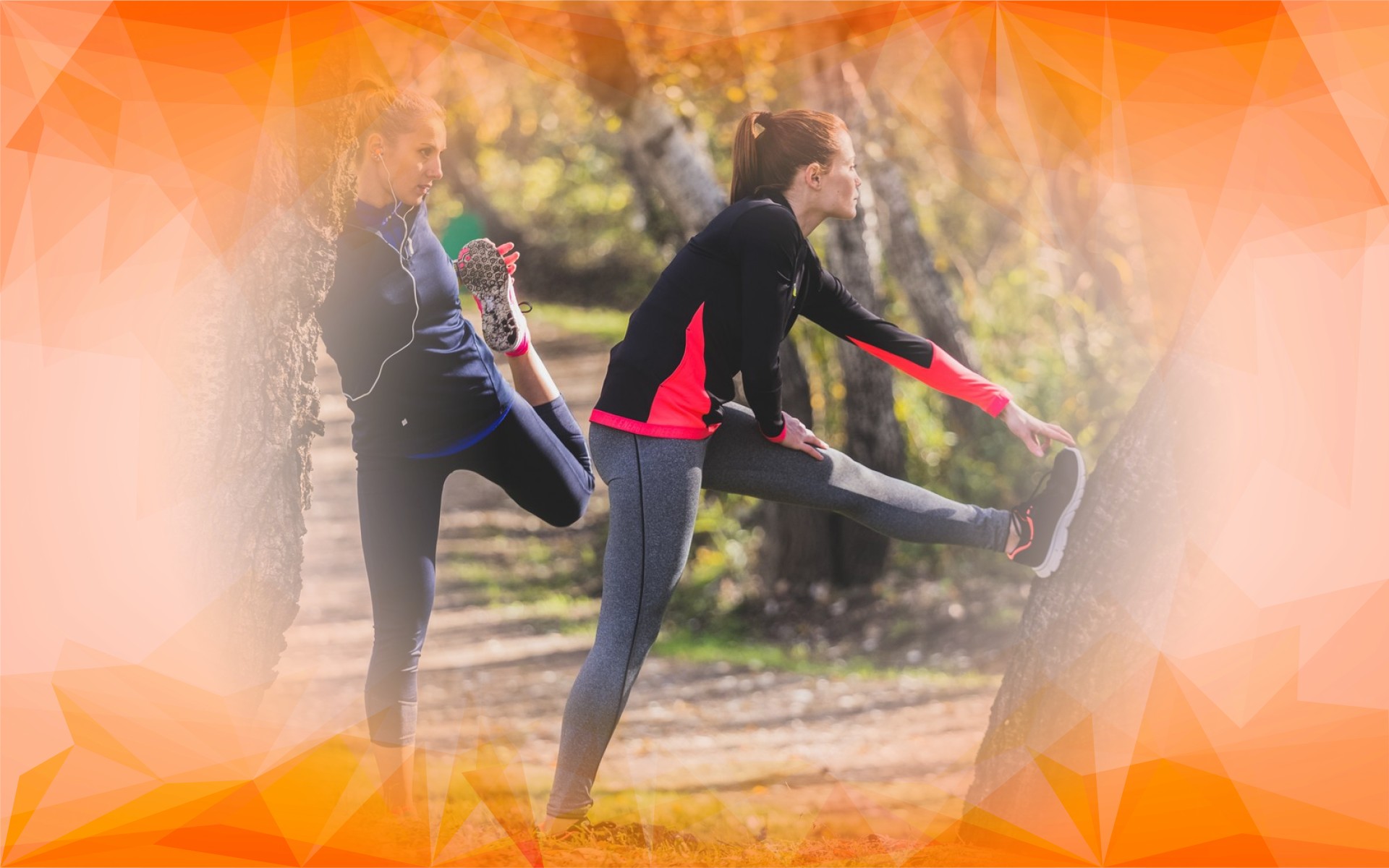Understanding Knee Osteoarthritis and Its Impact
Knee osteoarthritis is a common condition that develops when the cartilage cushioning the knee joint gradually wears down. This cartilage normally helps your bones glide smoothly as you move, so when it breaks down, you may experience pain, stiffness, and limited movement . Everyday tasks — like walking, climbing stairs, or standing for long periods — can become much more challenging and affect your overall quality of life.
The good news is that you don’t have to give up being active. In fact, tailored, low-impact exercises are a proven way to ease symptoms and improve knee function . Regular exercise can help manage pain, improve strength and balance, and support independence for people with knee osteoarthritis. In this guide, we’ll explore research-based exercises that can help you move more comfortably and regain strength.
Why Exercise Matters for Knee Osteoarthritis
Studies show that the right types of exercise can make a significant difference for people living with knee osteoarthritis . Strengthening the muscles that support your knee — especially the quadriceps in the front of your thigh and the hamstrings in the back — reduces stress on the joint and can help relieve pain. At the same time, increasing flexibility maintains or even improves your knee’s range of motion, making movement feel smoother and less stiff.
A personalized exercise program tailored to your needs and your condition’s severity is key to seeing results. This approach not only helps with current symptoms but may also slow the progression of osteoarthritis over time.
Recommended Exercises: Building Strength and Flexibility
Two main types of low-impact exercise are especially effective for knee osteoarthritis: strength training and flexibility routines.
- Strengthening Exercises : Focus on moves like seated leg lifts and gentle resistance training with elastic bands to build muscle without overstressing your knees.
- Flexibility Exercises : Incorporate gentle stretches for your calves, thighs, and hips to reduce stiffness and maintain good joint movement .
Always perform these exercises slowly and with proper form. Rushing or using poor technique increases your risk of injury and lessens the benefits.
Tips for Exercising Safely and Effectively
When starting a new exercise routine, be patient and listen to your body. Begin with short sessions and minimal resistance, increasing intensity only as you feel ready. If your osteoarthritis is more severe, don’t worry — there are plenty of gentle exercise options, such as chair-based routines or water-based activities like swimming and aqua aerobics, which reduce pressure on your joints.
Working with a physiotherapist or healthcare professional can help tailor an exercise program to your specific needs and ensure you’re doing each move correctly. A tailored plan and ongoing support make it more likely you’ll stick with your routine and see lasting benefits.
Taking Control: The Benefits of Exercise for Knee Osteoarthritis
Personalized rehabilitation exercises offer a practical and research-backed way to manage knee osteoarthritis . By strengthening supporting muscles and improving flexibility, you can ease pain, boost mobility, and improve your overall quality of life. Staying active is one of the best ways to take charge of your joint health .
If you’d like to learn more, there are plenty of resources and ongoing studies offering new strategies for managing osteoarthritis . Embracing these exercises can help you move with greater comfort and independence, even when faced with the challenges of knee osteoarthritis .
References
Marks, R. (2012). Knee osteoarthritis and exercise adherence: A review. Current Aging Science, 5(1), 72-83. https://doi.org/10.2174/1874609811205010072




